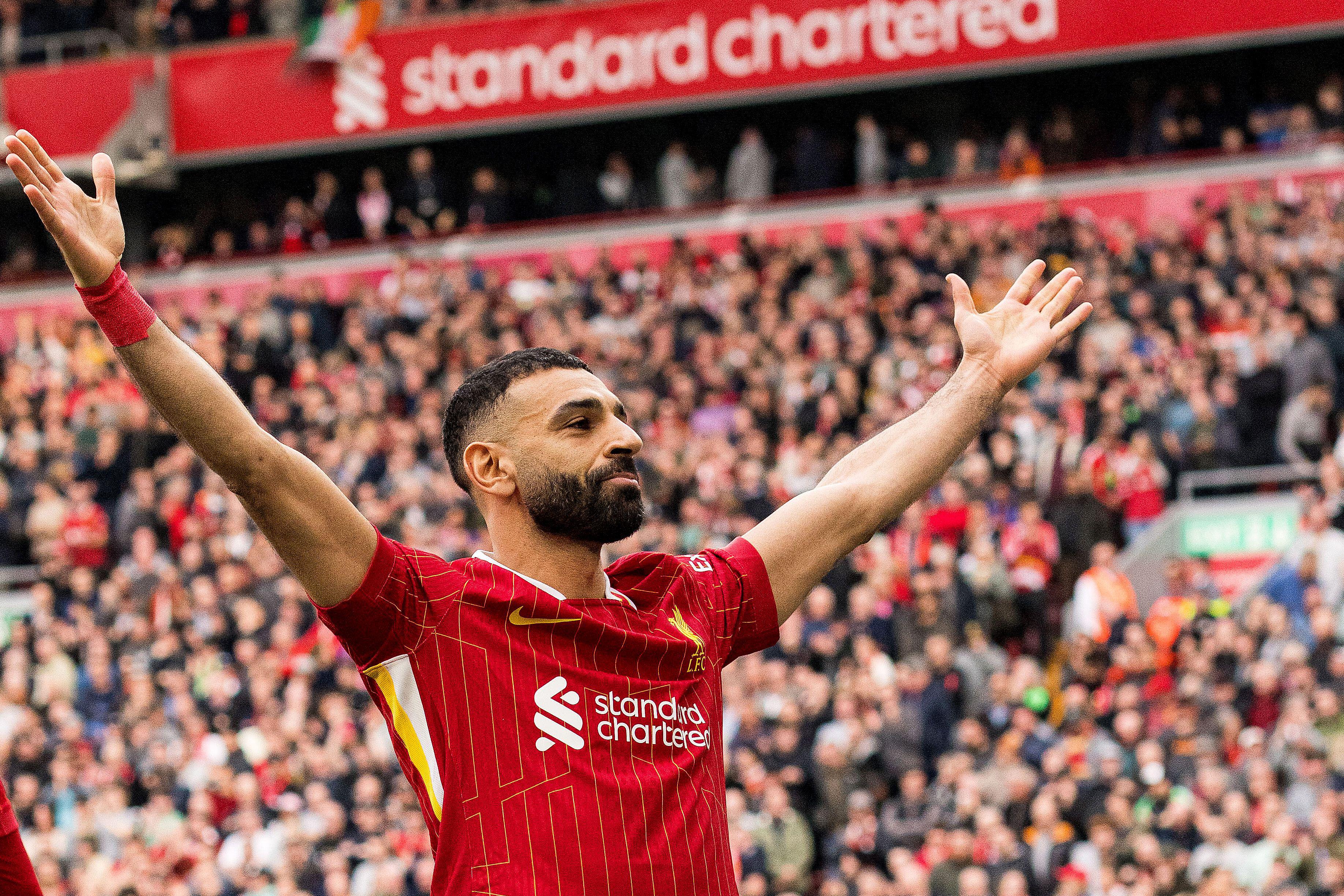Ranked! The 100 best stadiums in the world
The best stadiums in the world from all corners of the globe: this is your ultimate match-going bucket list
70. Estadio Diego Armando Maradona
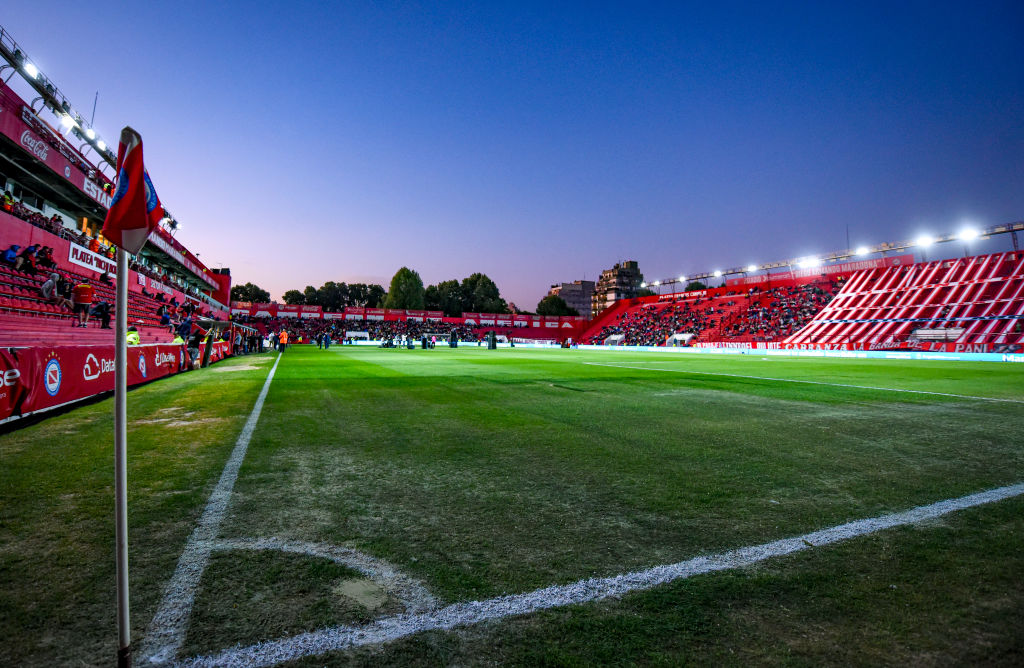
📍 Buenos Aires, Argentina
🏠 1940
🏟 26,000
It may not be the most glamorous stadium – it’s actually a bit of a dump, located in the residential Villa General Mitres neighbourhood of Buenos Aires – but it certainly has history behind it. In 1976, in its former wooden guise, the stadium hosted the first career appearance of Diego Maradona, then just 15. Talking of teenagers, a 17-year-old Lionel Messi played here in an 8-0 victory for the Argentina under-20 side in 2004. – JF
69. Ataturk Olympic Stadium
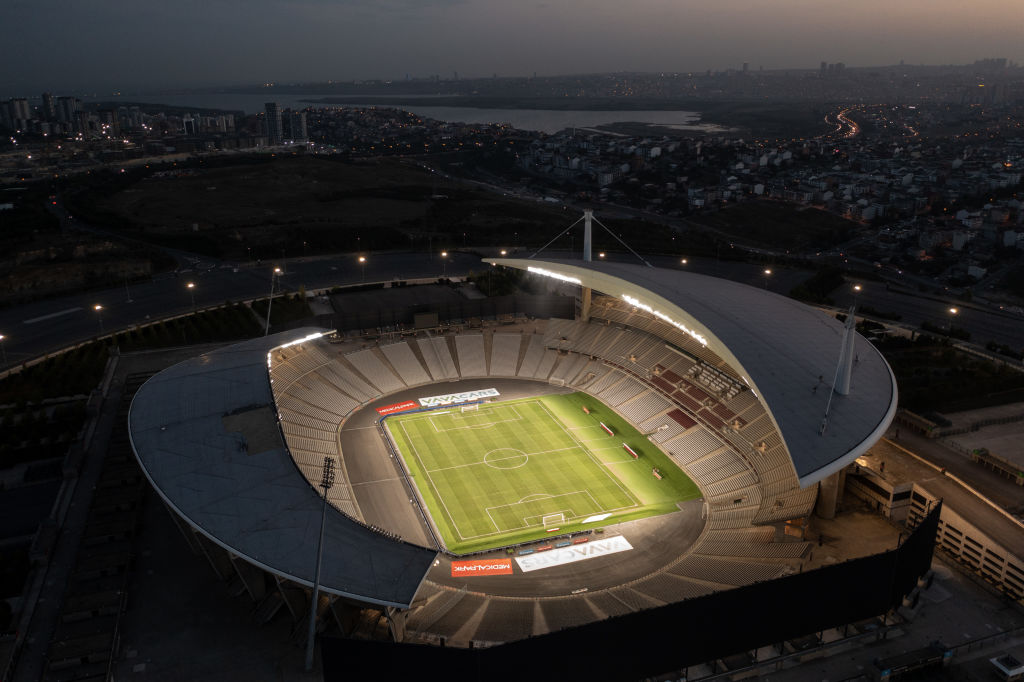
📍 Istanbul, Turkey
🏠 2002
🏟 74,753
The mere mention of the place is enough to get any Liverpool fan weeping, burbling and eulogising about Stevie G, Vladi Smicer and Jerzy Dudek’s wobbly legs - this was the venue for the Reds’ Champions League Final miracle in 2005. Oh, and did someone say… City?
It’s also a deeply odd place – those same Liverpool fans will tell you that it’s situated in a field miles out of the city centre and is a logistical headache to get to. It’s something of a white elephant, in truth. Built for a failed bid at the 2008 Olympics, it’s a fine, UEFA Category-4 arena that can host athletics, Turkey internationals and U2 gigs with equal aplomb, but doesn’t really have a raison d’être, what with Galatasaray in a new ground and Fenerbahce still happy at the modernised Sukru Saracoglu. – NM
68. Bukit Jalil National Stadium
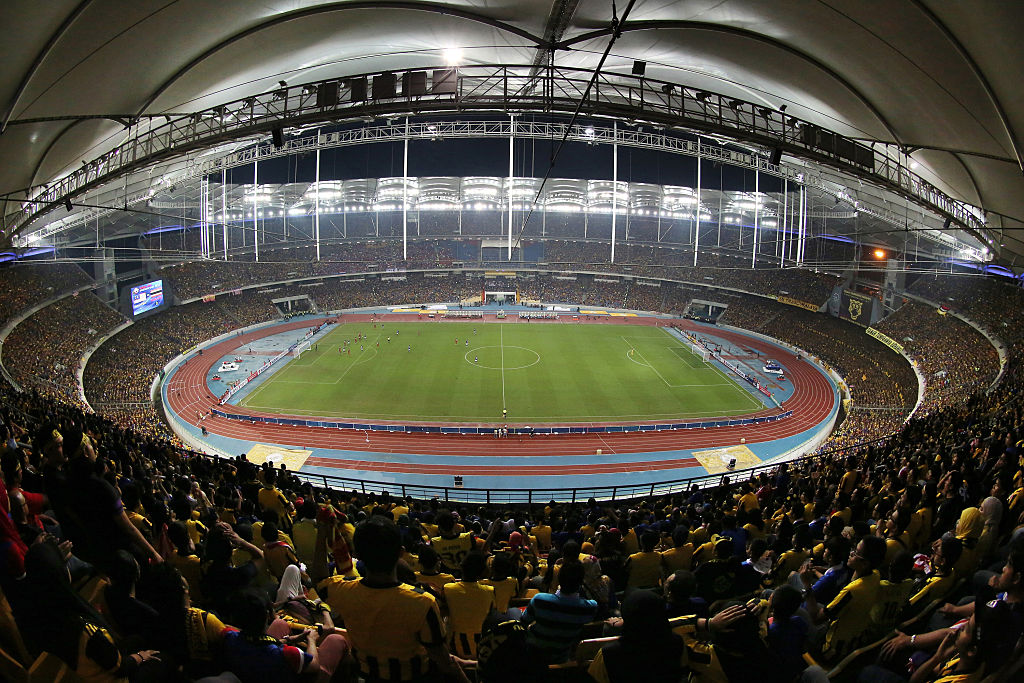
📍 Bukit Jalil, Kuala Lumpur, Malaysia
🏠 1998
🏟 87,411
Built for the 1998 Commonwealth Games, the Bukit Jalil sits in a precinct that also includes a hockey stadium, an aquatics centre, an indoor stadium and a squash arena. It replaced Merdeka Stadium and Shah Alam Stadiums as Malaysian football’s home after those Games. The Bukit Jalil also hosted the 2007 Asian Cup, when Malaysia were co-hosts along with Indonesia, Thailand and Vietnam, although the stadium was criticised by the country’s Sports Minister in 2014 after attempts to improve the pitch failed in recent years. – VV
Get FourFourTwo Newsletter
The best features, fun and footballing quizzes, straight to your inbox every week.
67. Hampden Park
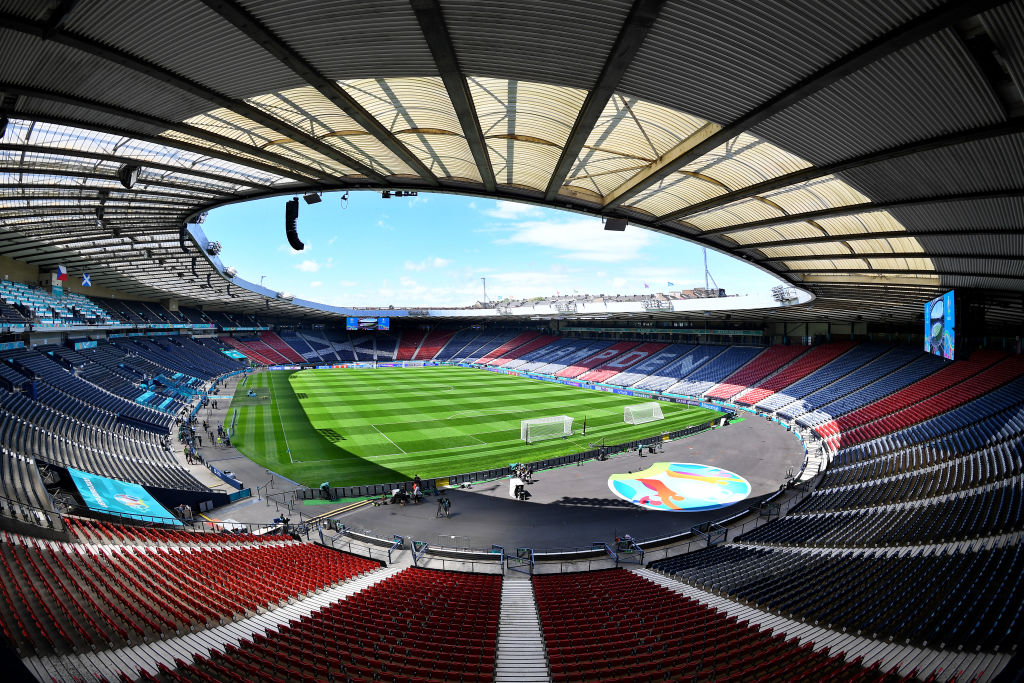
📍 Glasgow, Scotland
🏠 1903
🏟 51,866
Named after an Englishman – John Hampden, who fought for the Roundheads in the Civil War – this most Scottish of venues was designed by Glaswegian architect Archibald Leitch, the stadium doyen who also had a huge impact south of the border (Old Trafford, Anfield, Villa Park, Goodison Park, White Hart Lane and Craven Cottage are among his babies).
For half a century until the opening of the Maracana, it was the world’s biggest stadium. Declining by the 1970s, it finally underwent a major rebuilding job in the 1990s, but retains the aura of Leitch, whose stands favoured function over form but became classics. The attached Scottish Football Museum is also well worth a visit.
The place is a bit odd when the fans of one of its club residents over the years, Queen’s Park, scatter in for a fixture, but the Hampden Roar is still in full effect for internationals, albeit probably quieter than it was for the 1960 European Cup Final (Real Madrid 7-3 Eintracht Frankfurt) or when nearly 150,000 crammed in to see the Scots face England in 1937. – NM
66. Estadio do Dragao
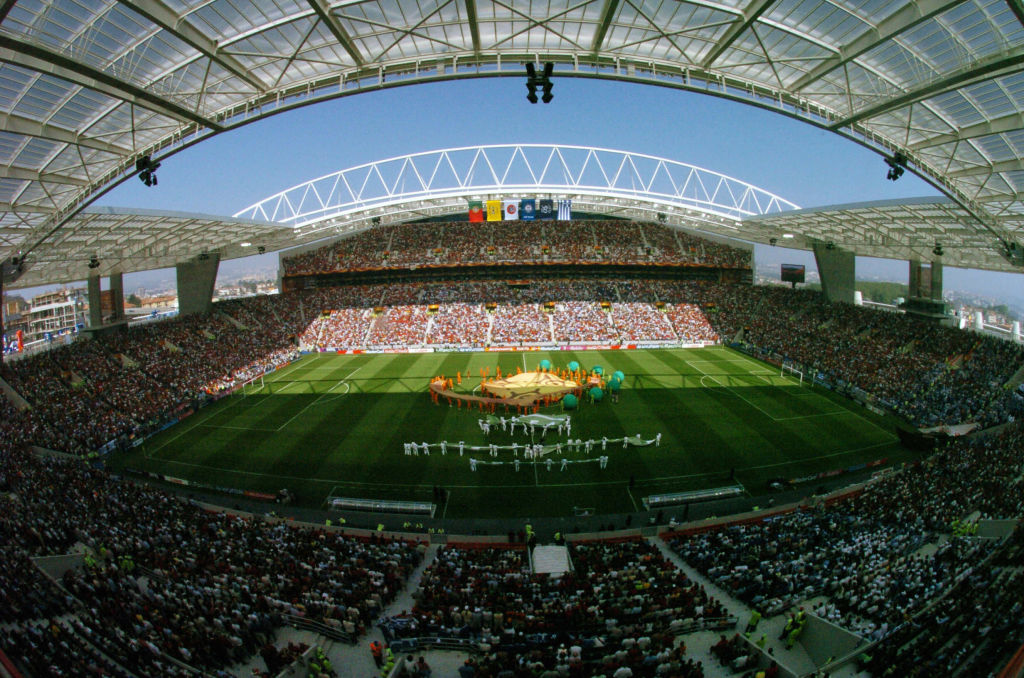
📍 Porto, Portugal
🏠 2003
🏟 50,033
Viewed from the air or afar, the Estádio do Dragão resembles a giant UFO, but when at the venue itself one is struck by the airy and light nature of the unusual design. Large openings between the banks of blue seats and the partly transparent rooftops at either end have proved conducive to ensuring an impeccable playing surface all year round, no doubt aiding Porto’s formidable record at home – domestically and in Europe.
A Brazilian delegation of World Cup 2014 constructors and architects visiting Portugal’s Euro 2004 venues described the Dragao as “the most beautiful, harmonious and interesting” of the stadiums they had visited. For the fiercely proud fans of Porto, the stadium could not have had a better start to life, inaugurated with a 2-0 friendly victory over Barcelona in the middle of 2003/04, a season that would end with the Dragons being crowned Champions of Europe. – TK
65. Estadio Rodrigo Paz Delgado
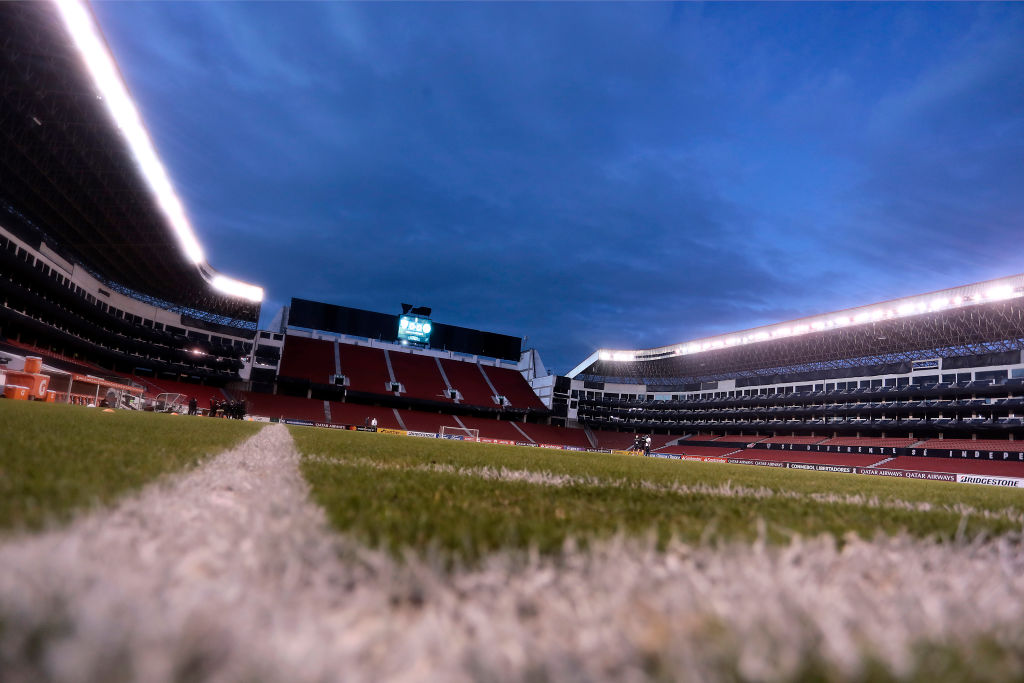
📍 Quito, Ecuador
🏠 1997
🏟 41,575
Since its construction, the stadium unviersally known as Casa Blanca (White House) has been a success, hosting the finals of the Copa Libertadores 2008, Copa Sudamericana 2009 and 2011 and Recopa Sudamericana (similar to UEFA’s Super Cup) in 2009 and 2010. The Casa Blanca was planned carefully and built slowly: to level the terrain, a thousand workers had to remove 400,000 cubic metres of land. Its grass seeds were imported from France and grown meticulously for two years in Ecuador’s Cayambe valley, warily checked for possible alien grass. Once the grass was relocated to the Casa Blanca, workers and players had to wash their shoes before stepping on the ground, to protect it.
The result is glorious, as the stadium itself – including four dressing rooms, 442 VIP suites (some were sold for $60,000), a presidential suite and even a chapel. – MM.
64. Estadio Nacional Julio Martinez Pradanos
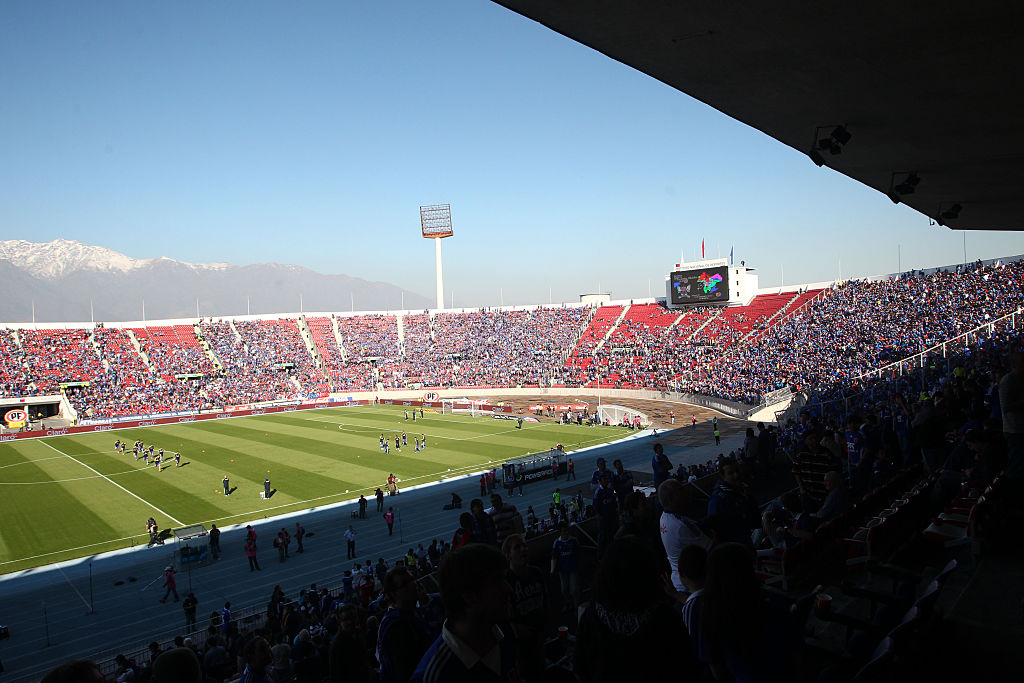
📍 Santiago, Chile
🏠 1938
🏟 48,665
Named in honour of a former sports journalist (hooray, finally some recognition), Chile’s national and biggest stadium was rather less tastefully used as a detention centre during the 1973 Chilean coup d'état. In terms of football it is steeped in history, having hosted the finals of the 1962 World Cup and 2015 Copa America where Chile famously lifted the trophy against Argentina.
As football hipsters will be all too aware, Universidad played some of the best football in the world a few seasons back under Jorge Sampaoli. Under the now-Chile coach, football was often played in ‘one direction’ – and the band of the same name attracted nearly 90,000 there for a gig last year. – JF
63. Olympic Stadium
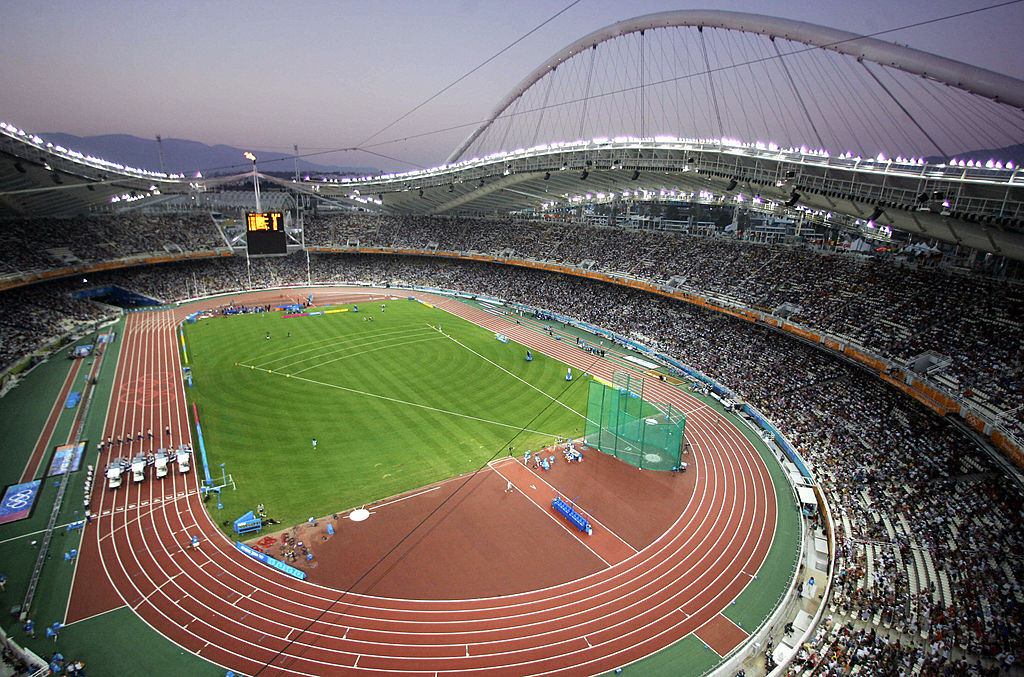
📍 Athens, Greece
🏠 1979
🏟 69,618
There are no shortage of Olympic Stadiums in the world, and some are particularly inexplicable. FFT doesn't remember the Cambodian capital Phnom Penh ever staging the Olympics, but we’re sure it was probably awesome.
Greece is the home of the Olympics though, and what was previously known as the Spiros Louis Stadium was extensively renovated ahead of the 2004 Games, at which Kelly Holmes et al took gold. The stadium holds 75,000 and features a spectacular sweeping roof structure, although it does get minus points for the decaying ghost town of Olympic venues that surround it.
Before renovation, the stadium hosted Champions League home matches for Olympiacos. Since then AEK have made the venue their permanent home, while Panathinaikos have also played European matches there on occasions, in a cauldron of an atmosphere. And in 2007 it hosted the Champions League final between Liverpool and AC Milan – but if there were miracles in Istanbul, there was only revenge in Athens in 2007 as the Italians got their own back. – CF
62. Moses Mabhida Stadium
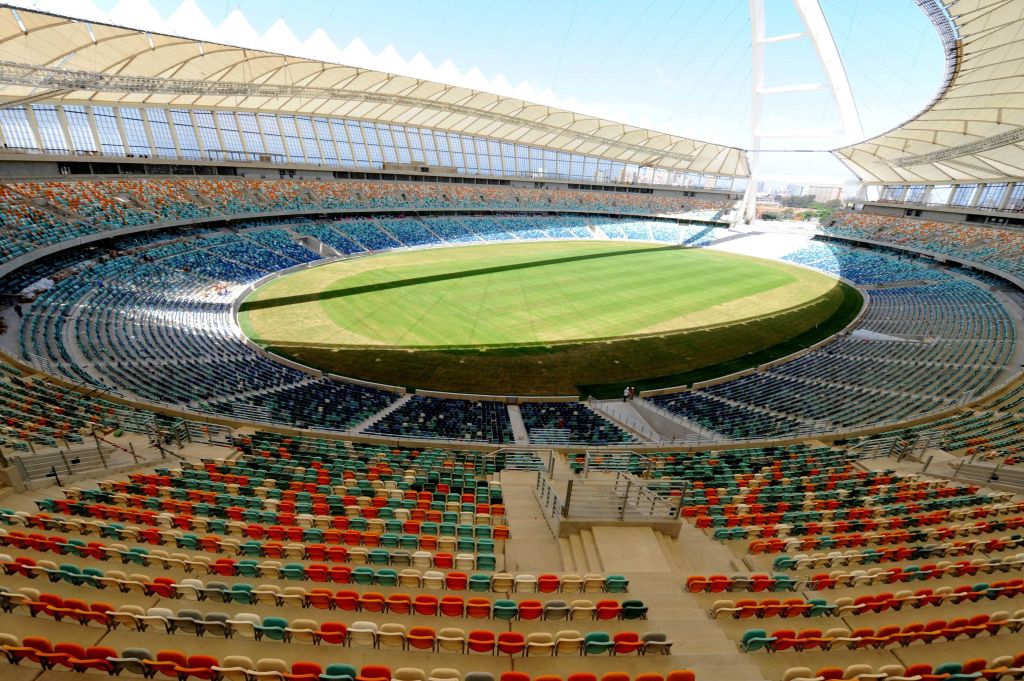
📍 Durban, South Africa
🏠 2009
🏟 55,500
Another shining light of the 2010 World Cup, Moses Mabhida – named after the former general secretary of the African Communist Party – was built from scratch in time for the tournament. Lead architect Gerhard Le Roux and his team contrived a unique structure whose defining point is the arch, visible for miles around, that curves from one end of the stadium to the other. (You can bungee-jump from it, if you like.) – NA
61. Stadio Diego Armando Maradona
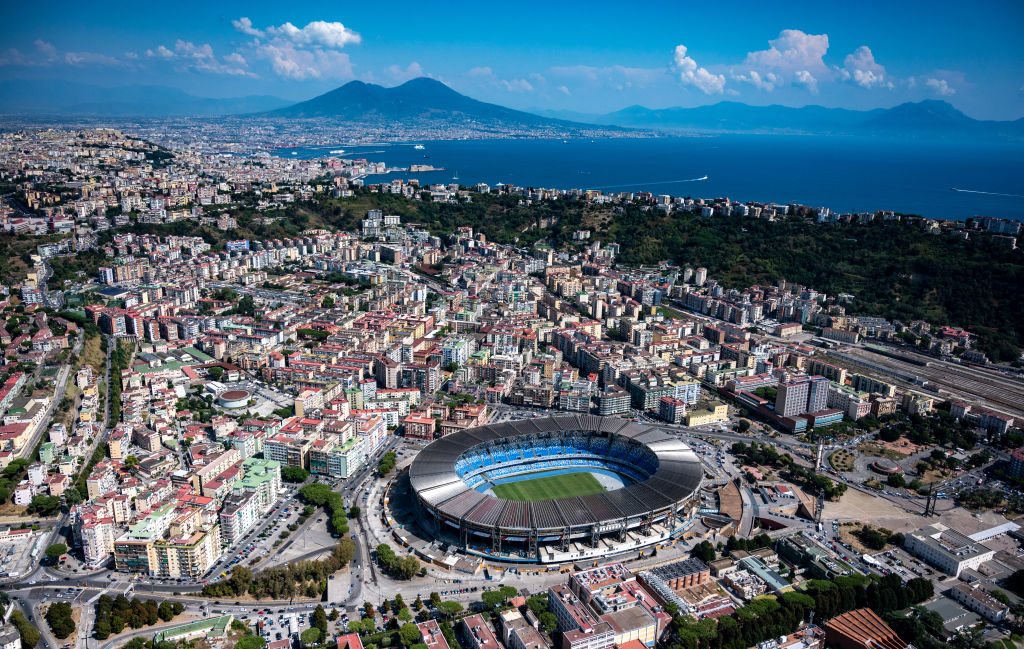
📍 Naples, Italy
🏠 1959
🏟 54,726
One of European football’s most vociferous stadiums, the San Paolo has something of a South American feel on matchdays. Flares, flags and giant banners are in plentiful supply, with the passionate citizens backing their team relentlessly while regularly filling Italy’s third-largest stadium – even when the club found itself in the third tier.
Perhaps it is most famous for the Italia 90 semi-final in which Napoli idol Diego Maradona took on the host nation and won. Of course, it's now named after the man himself, in tribute to everything he did for Napoli. It was a sight to behold when they clinched their first league title in three Maradonaless decades this year. – AD
Current page: The 100 best stadiums in the world: 70-61
Prev Page The 100 best stadiums in the world: 80-71 Next Page The 100 best stadiums in the world: 60-51
Mark White has been at on FourFourTwo since joining in January 2020, first as a staff writer before becoming content editor in 2023. An encyclopedia of football shirts and boots knowledge – both past and present – Mark has also represented FFT at both FA Cup and League Cup finals (though didn't receive a winners' medal on either occasion) and has written pieces for the mag ranging on subjects from Bobby Robson's season at Barcelona to Robinho's career. He has written cover features for the mag on Mikel Arteta and Martin Odegaard, and is assisted by his cat, Rosie, who has interned for the brand since lockdown.
